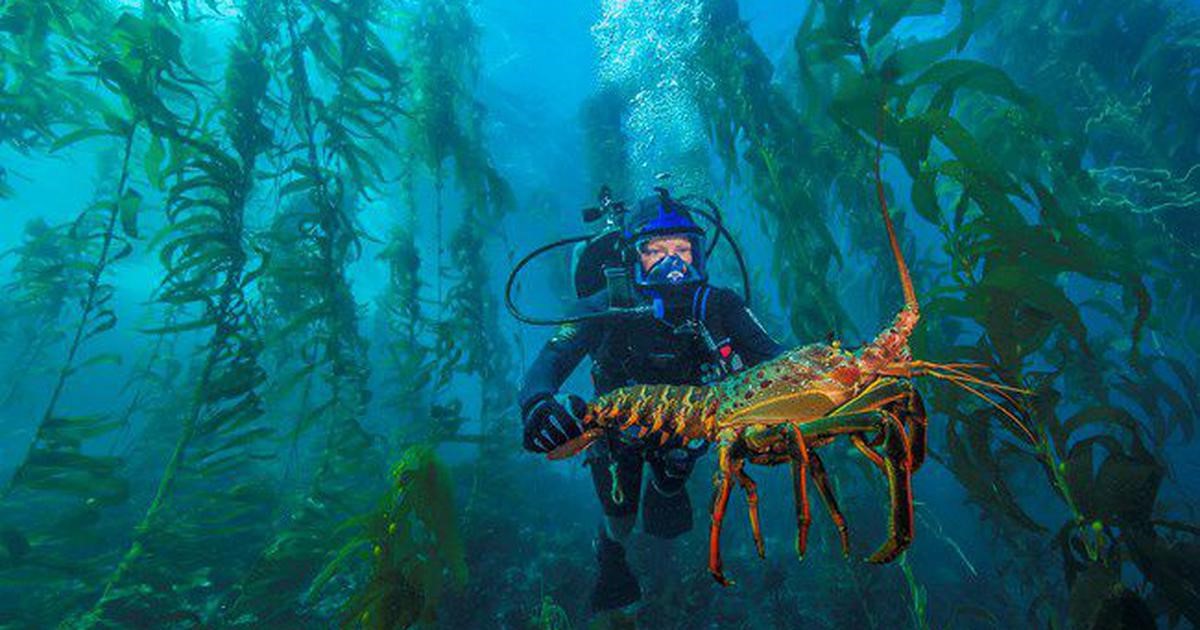01 Feb The Decline of Kelp Forests
The Decline of Kelp Forests
This article covers “Daily current Affairs for UPSC “and the topic is about ‘the decline of the kelp forests’ which is in news, it covers the “Environment and ecology” In GS-3, and the following content has relevance for UPSC.
For Prelims: About kelp forests
For Mains: GS-3, significance of kelp forests
Why in news:
- According to a recent study, climate change is contributing to the decline of kelp forests.
What are the Study’s Highlights:
- The major kelp species in the southern hemisphere, Ecklonia radiata, is particularly susceptible to climate change in areas close to the equator.
- The species is experiencing reductions along the eastern Australian coastline, and it is predicted that these declines will continue internationally in the coming years.
- Even if in situ protection might not be practical, its distinctive genetic diversity can be conserved by ex-situ storage in culture banks for use in any restoration, hybridization, or adaptation plans in the future.
About the Kelp Forests
- Underwater habitats known as kelp forests are created in shallow water by the dense growth of several species.
- Large brown algae known as kelp are found in shallow, chilly seas close to the beach.
- Kelp Forests are always coastal and require shallow, reasonably clear water. They cling to the seafloor and eventually grow to the surface and rely on sunshine to produce food and energy.
- They have considerable ecological and commercial value and serve as the underwater habitat for hundreds of species of invertebrates, fish, and other algae.
- It is significant because it provides a range of marine animals with essential nourishment. Up to 60% of the carbon present in coastal invertebrates is produced by kelps.
- They provide a habitat for birds to forage since they are a diverse invertebrate and fish ecosystem.
- It increases the productivity of the coastal environment by releasing carbon into it. The primary production of kelp results in the generation of fresh biomass, detritus, and other elements.

Kelp Forests
Major Kelp Forests Distribution around the World
- Inuit, scientists, and arctic explorers have all documented kelp forests in the Arctic. 10% of all coasts in the world are concentrated in the Canadian Arctic.
- To the harsh environment, kelps have evolved. These cool-water species have unique adaptations that allow them to endure subfreezing temperatures, protracted periods of darkness, and even the growth of sea ice.
- They are capable of some of the highest rates of primary production of any natural ecosystem on Earth when located in areas with cold, nutrient-rich water.
- Between Ellesmere Island and Labrador, along the shores of Lancaster Sound, Ungava Bay, Hudson Bay, Baffin Bay, and Resolute Bay, Kelp forests have been scientifically observed in Hudson Bay and eastern Canada.
The function
- The way kelps work underwater is similar to how trees work on the land. By blocking light and calming waves, they alter the physical environment to produce habitat.
- Numerous kinds of crustaceans, fish and other algae call these forests home, and they also provide crucial three-dimensional underwater habitats.
- One of the ocean’s most diversified ecosystems is made up of these forests. Seabirds and marine animals like sea lions, sea otters, and even grey whales use kelp forests as protection from predators and storms, and many fish species use them as nurseries for their young.
Threat
- Alarming rates of sediment discharge into coastal waterways are being caused by thawing permafrost and collapsing Arctic beaches, which could impede plant development by obstructing sunlight.
- Young kelp is impacted by the turbidity and salinity changes brought on by glacier runoff.
- It is well recognized that destructive fishing methods, coastal pollution, and unintentional harm from boat entanglement have a deleterious impact on kelp forests.
- By traveling in herds, sea urchins can destroy kelp forests at a rate of 30 feet (9 m) each month. For kelp forests to flourish, sea otters are essential for maintaining sea urchin numbers.
Significance
- Kelp forests support a wide range of economic, leisure, and tourism activities, and they are crucial to coastal economies all around the world.
- North Americans eat kelp, and during the past 20 years, the kelp aquaculture business has expanded at a global pace of 7% annually (kelp is a coveted food source in many countries, full of potassium, iron, calcium, fiber, and iodine).
- Inuit traditionally use kelp as sustenance in the Arctic and gather a wide variety of wild animals.
Source:
Download PDF now:
Plutus IAS current affairs 1st Feb 2023
Daily Current Affairs for UPSC
There are many significant aspects of reading current affairs. So, Every UPSC examinee should read daily current affairs for the UPSC examination for enhancing their diverse knowledge. Collect the best daily current affairs for the UPSC examination free of cost and read them properly for UPSC exam preparation. Also, Gather vast knowledge by collecting weekly, and monthly current affairs for IAS exam preparation.




No Comments